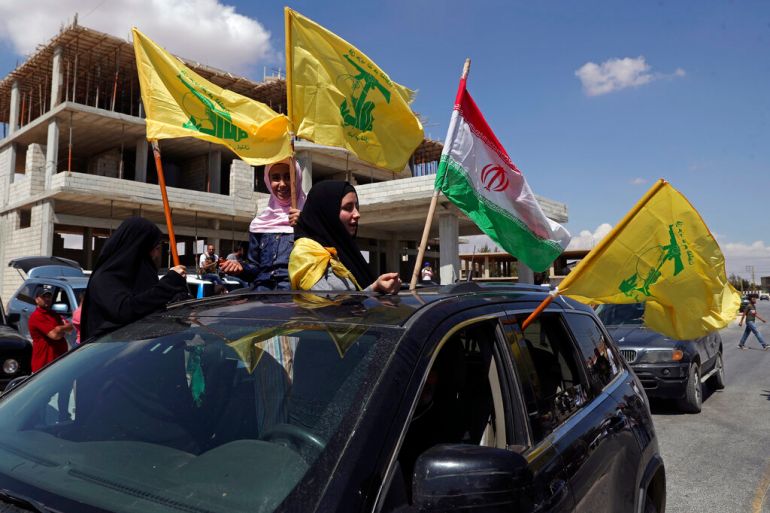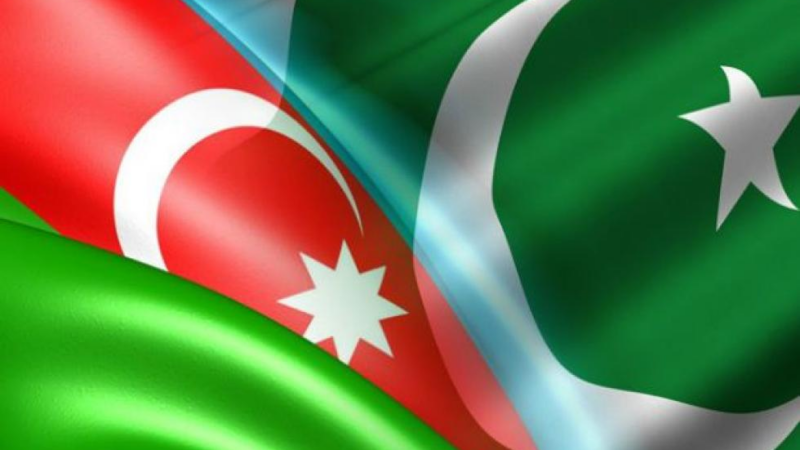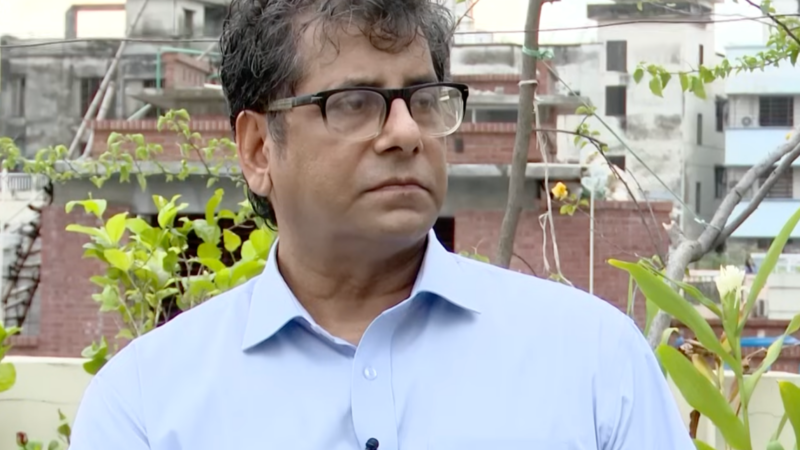What impact has the Saudi-Iran conflict had on the Middle East?

The two major regional powers have been at conflict for many years, supporting opposing factions in a number of nations’ proxy wars.
Both Saudi Arabia and Iran have agreed to continue working on plans to resume diplomatic flights and reopen their embassies in Tehran and Riyadh, respectively.
The deal was reached as Iranian Foreign Minister Hossein Amir-Abdollahian and Saudi Foreign Minister Prince Faisal bin Farhan Al Saud shook hands in Beijing, China, on Friday. This was the first official meeting between the two senior officials since a long-standing dispute between Tehran and Riyadh that exacerbated instability in the region.
In a historic deal mediated by China, the two nations had agreed on March 10 to repair relations. However, the two most important Shia and Sunni Muslim nations in the Middle East have been at odds for many years, supporting opposing sides in proxy conflicts in a number of nations in the area.
Syria
After the 2011 outbreak of the Syrian Civil War, the rivals faced off. Bashar al-Assad was supported by Iran and given military assets and financial support to combat rebel groups, while Saudi Arabia supported the troops of al-Assad’s opponents.
Saudi aid for the military and political opposition has diminished, and there are now negotiations between Saudi Arabia and Syria to reestablish relations, after Iran’s assistance helped al-Assad reverse the tide.
The Arab isolation of al-Assad is melting as a result of the Saudi-Iranian agreement. More interaction, according to Saudi Arabia, may even result in Syria rejoining the Arab League.
Israel often hits military sites in Syria that support Iran because it wants to mend fences with Saudi Arabia.
Lebanon
Lebanese stability has suffered as a result of the competition between Iran and Saudi Arabia. Lebanon is a tiny Mediterranean nation whose governing class has historically allied itself with other countries in order to preserve authority.
Following the 2016 election of Lebanese President Michel Aoun, who is linked with Iran-backed Hezbollah, relations between Lebanon and Saudi Arabia, which had supported Lebanon’s Sunni prime ministers for years, were increasingly difficult.
Saad Hariri, the prime minister of Lebanon, abruptly announced his resignation in Riyadh, the capital of Saudi Arabia, in November 2017. Hariri said that his decision to quit was motivated by his concern about an assassination attempt and the role Iran and its Lebanese partner, the Hezbollah movement, had in Lebanon.
Although Hariri eventually rescinded his resignation, the action was perceived as a Saudi attempt to neutralize Iran’s influence in the country and threw Lebanon into a political crisis.
When Lebanon’s economy began to collapse, Riyadh, which had previously invested billions of dollars in the nation and supported its luxury tourist industry, withheld its support.
In the midst of one of the worst political crises between Gulf Arab governments and Lebanon last year, Hezbollah leader Hassan Nasrallah accused King Salman of Saudi Arabia of “terrorism.” Saudi Arabia meanwhile urged Lebanon to eliminate “terrorist Hezbollah’s” grip over the country.
Iraq
Previously, Iraq’s former ruler, Saddam Hussein, who waged an eight-year war with the Islamic Republic, kept Iranian influence out of the country.
However, Iran has become the most significant regional player in Iraq in the twenty-first century, filling the void left by the overthrow of Saddam’s government in 2003.
Iran is a financial and political supporter of many Iraqi political groups, and several of the people who have governed Iraq after the overthrow of Saddam spent time there as exiles.
Additionally, Iran has supported and trained paramilitary organizations affiliated with Shia political parties. Some of these organizations are a component of the Popular Mobilization Forces, which were founded to combat ISIL (ISIS) but still have significant power in the nation.
But as Baghdad tries to reintegrate itself more with its Arab neighbors, there is rising antagonism to Iran in Iraq, which has created a possible avenue for Saudi Arabian influence.
Yemen
A Saudi-led coalition with American support intervened militarily in Yemen in March 2015 in an effort to defeat the Houthis, reinstate President Abd-Rabbu Mansour Hadi’s administration, and counter what they said was a rise in Iranian influence in the area.
Hadi’s administration was challenged by the predominantly Zaidi Shia Houthi movement from northern Yemen, which is sponsored by Iran. In early 2014, it captured portions of northern Yemen, causing headlines throughout the world. Later, it made its way south to take control of Sanaa, forcing Hadi to leave his presidential residence in Aden for Saudi Arabia.
Al-Qaeda in the Arabian Peninsula (AQAP), the separatist Southern Transitional Council (STC), and other armed organizations have become more powerful amid the unrest.
Since 2015, the Saudi-led coalition has conducted over 24,000 airstrikes, according to statistics gathered by the Yemen statistics Project. On the other side, Saudi Arabian airports, gas reserves, and oil ships in the Red Sea have all been attacked by Houthi rebels with support from Iran.
Years of peace negotiations mediated by the UN have failed to end the impasse. The World Food Programme estimates that 14.5 million of the 30 million citizens of the nation would not have access to enough food by 2022. The majority of children under five in the nation suffer from chronic malnutrition. In addition, the seven years of conflict have resulted in at least four million people being displaced.






